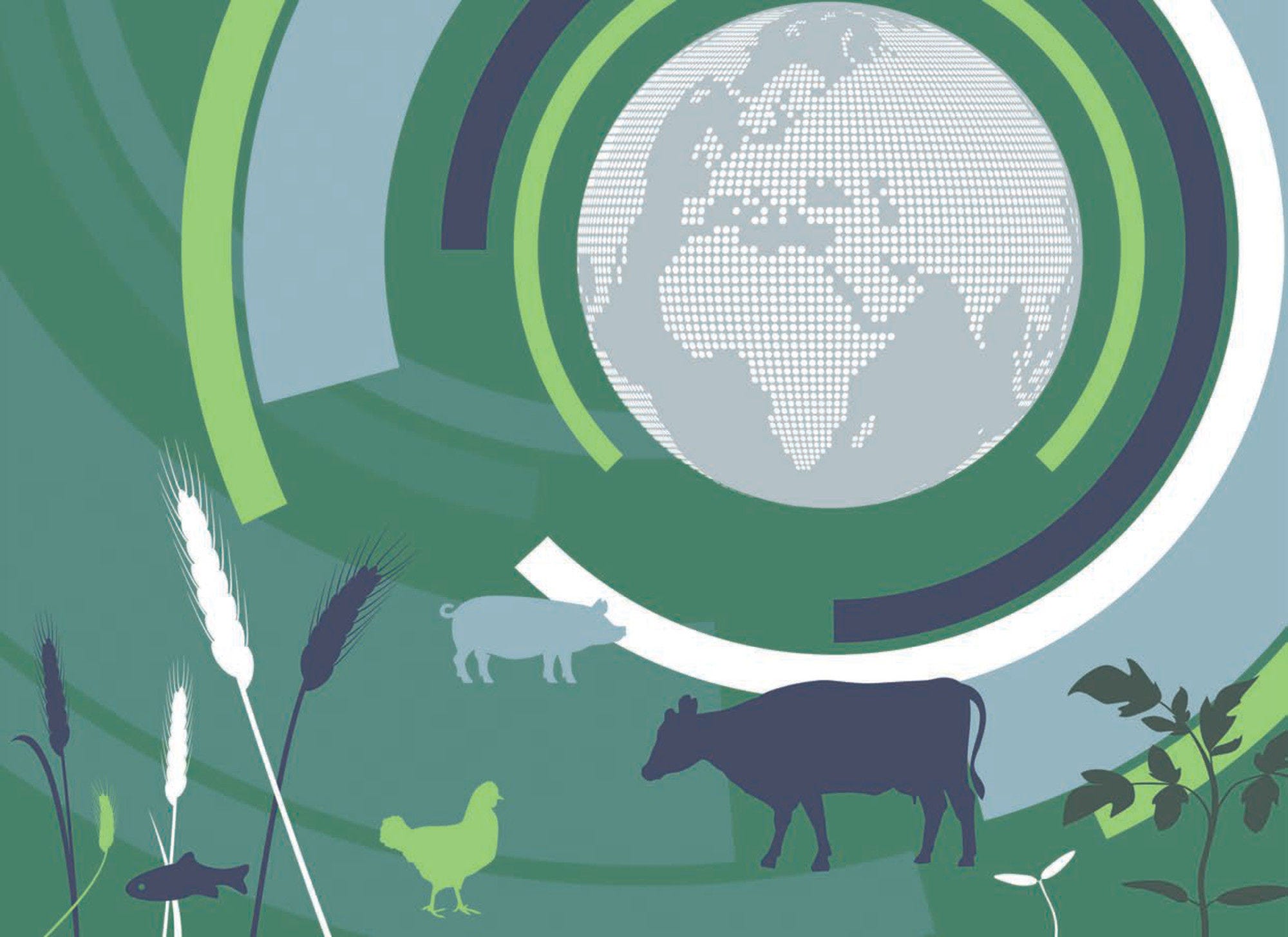The Agricultural Outlook 2020-2029 is a collaborative effort of the Organisation for Economic Co-operation and Development (OECD) and the Food and Agriculture Organization (FAO) of the United Nations. It brings together the commodity, policy and country expertise of both organisations and input from collaborating member countries to provide an annual assessment of prospects for the coming decade of national, regional and global agricultural commodity markets.
The Agricultural Outlook is prepared jointly by the OECD and FAO Secretariats.
At the OECD, the baseline projections and Outlook report were prepared by members of the Trade and Agriculture Directorate: Marcel Adenäuer, Annelies Deuss, Armelle Elasri (publication co-ordinator), Clara Frezal, Hubertus Gay (Outlook co-ordinator), Lee Ann Jackson (Head of Division), Tatsuji Koizumi, Gaëlle Gouarin, Claude Nenert, Ana-Maria Muresan, and Grégoire Tallard of the Agro-Food Trade and Markets Division, and for fish and seafood by Claire Delpeuch and Will Symes of the Agricultural Resources Policy Division. The OECD Secretariat is grateful for the contributions provided by the visiting expert Zhuang Jiayu (Chinese Academy of Agricultural Sciences). The partial stochastic modelling builds on work by the Economics of Agriculture Unit of the European Commission's Joint Research Centre. The organisation of meetings and publication preparation were provided by Helen Maguire, Michèle Patterson, and Helia Mossavar-Rahmani. Technical assistance in the preparation of the Outlook database was provided by Karine Lepron, Samuel Pinto Ribeiro, and Eric Espinasse. Many other colleagues in the OECD Secretariat and member country delegations provided useful comments on earlier drafts of the report.
At the Food and Agriculture Organization of the United Nations, the baseline projections and Outlook report were prepared by members of the Trade and Markets Division (EST) under the leadership of Boubaker Ben-Belhassen (EST Division Director) and Josef Schmidhuber (EST Division Deputy Director), with the overall guidance of Máximo Torero (FAO Chief Economist) and by the Economic and Social Development Department Management team. The core projections team consisted of: Sabine Altendorf, Sergio René Araujo Enciso, Francesca Biasetton, Katia Covarrubias, Merritt Cluff, Ousmane Diabre, Aikaterini Kavallari, Holger Matthey (Team Leader), Svetlana Mladenovic, and Irmak Yaka. For fish, the team consisted of Adrienne Egger, Pierre Madoux, and Stefania Vannuccini from the FAO Fisheries and Aquaculture Department, with technical support from Pierre Charlebois. Advice on fishmeal and fish oil issues was provided by Enrico Bachis from the Marine Ingredients Organisation (IFFO). The section on cotton benefited from data and technical advice by Lorena Ruiz from the International Cotton Advisory Committee. The section on bananas and major tropical fruits was contributed by Sabine Altendorf and Pascal Liu. Insights and support regarding FAOSTAT data was provided by Tomasz Filipczuk and Salar Tayyib. Francesco Tubiello advised on greenhouse gas emissions. Commodity expertise was provided by Abdolreza Abbassian, Marco Artavia Oreamuno, ElMamoun Amrouk, Erin Collier, Shirley Mustafa, Peter Thoenes, G.A. Upali Wickramasinghe, and Di Yang. The box “Digital innovations shaping the future of agri-food trade” was contributed by Josef Schmidhuber and Mischa Tripoli. We thank visiting expert Tracy Davids from the Bureau for Food and Agricultural Policy at the University of Pretoria. Research assistance and database preparation were provided by David Bedford, Julie Claro, Harout Dekermendjian, Alice Fortuna, Annamaria Giusti, Grace Maria Karumathy, Yanyun Li, Lavinia Lucarelli, Emanuele Marocco, and Marco Milo. This edition also benefited from comments made by various colleagues from FAO and member country institutions. Araceli Cardenas, Yongdong Fu, Jessica Mathewson, Raffaella Rucci, and Ettore Vecchione provided invaluable assistance with publication and communication issues.
The Regional Briefs received support from the FAO Regional offices and the Liaison Office for North America. Special thanks go to Cheng Fang (REU), Jean Senahoun (RAF), Tamara Nanitashvili (RNE), David Dawe and Aziz Elbehri (RAP), and Florian Doerr (FAOLOW).
Finally, information and feedback provided by the International Cotton Advisory Committee, International Dairy Federation, International Fertilizer Association, International Grains Council, International Sugar Organization, Marine Ingredients Organisation (IFFO) and World Association of Beet and Cane Growers is gratefully acknowledged.
The complete Agricultural Outlook, including the fully documented Outlook database that includes historical data and projections, can be accessed through the OECD-FAO joint internet site: www.agri-outlook.org. The published Agricultural Outlook 2020-2029 is available in the OECD’s iLibrary.
